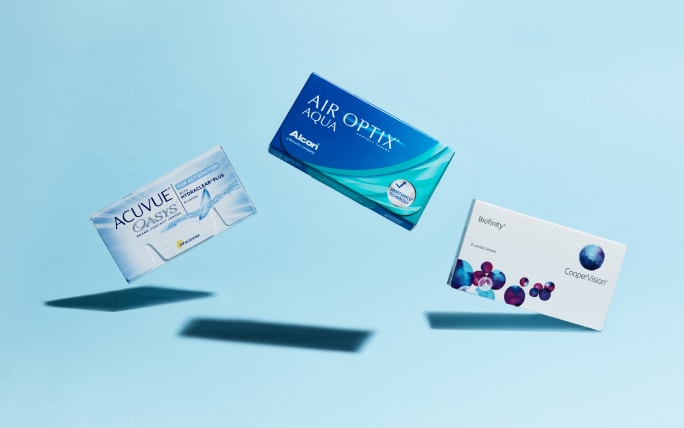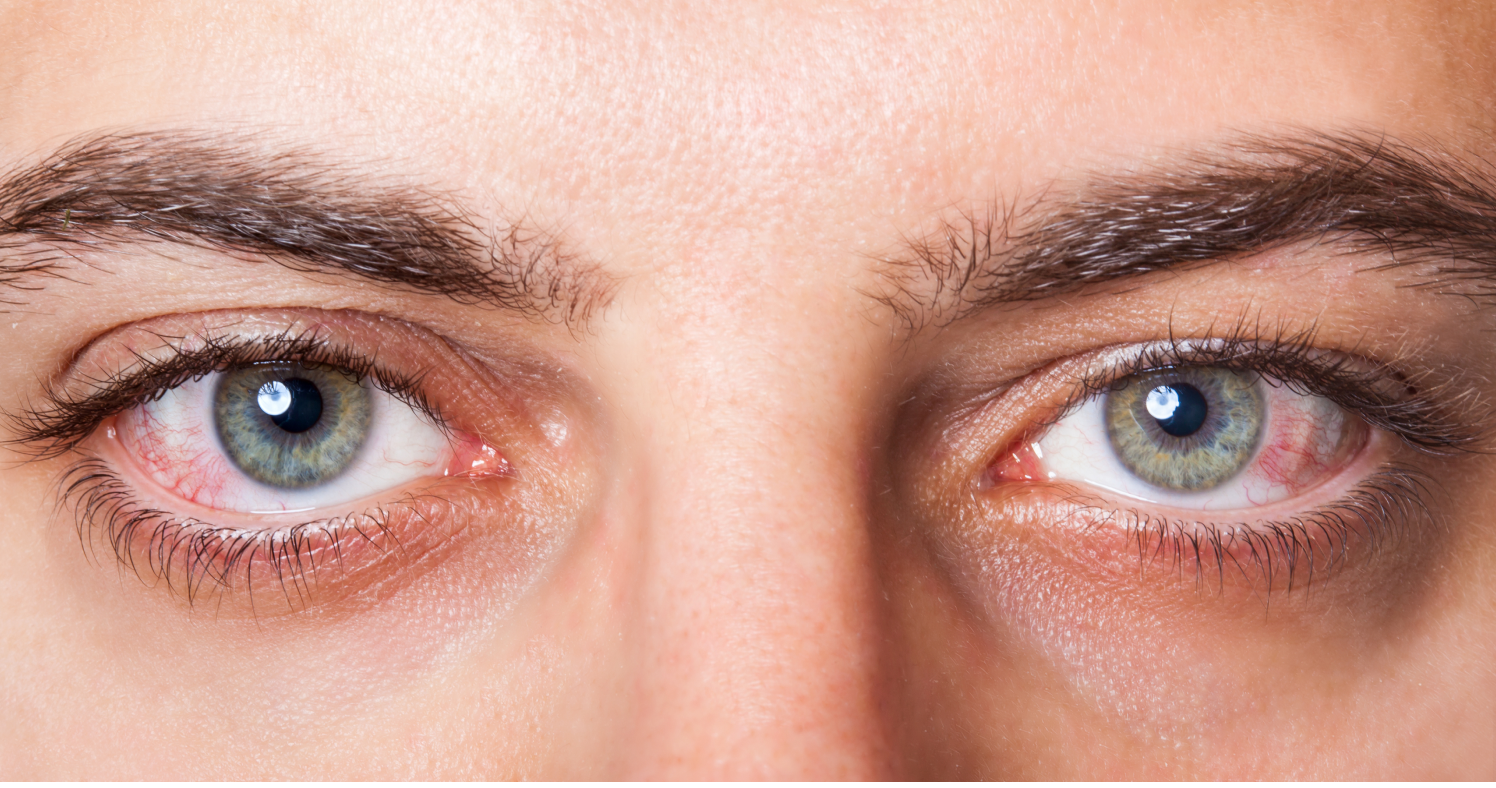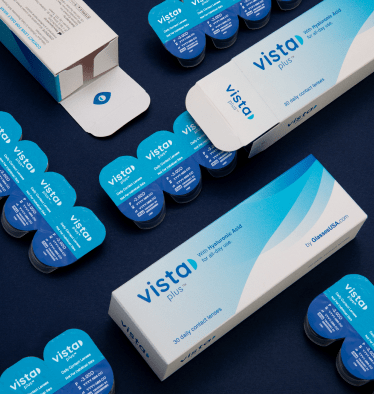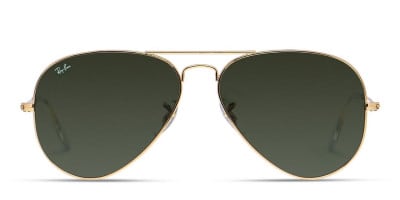How to clean your soft contact lenses
Updated JUN 15, 2023 • 10 min read

Summary in 30 seconds:
An estimated 45 million people in the United States wear contact lenses, 90% of those are soft contact lenses. [1]
Soft contact lenses offer good visual acuity and ease of care. The particular type of contact lens that is prescribed will determine the best cleaning option for that lens material. Following care, cleaning and wear guidelines will go a long way in helping soft contact lens wearers enjoy clear, comfortable vision through healthy eyes.
Most popular contact lens brands.
In this article:
- What are soft contact lenses made of?
- How often should you clean your soft contact lenses?
- How to clean your soft contact lenses
- How to clean your contact lens case
- Additional products that can help
- Tips for wearing soft contacts with makeup
- Steps to avoid infection
- Final contact lens tips
What are soft contact lenses made of?
The clear protective outer window of the eye is known as the cornea. The cornea requires moisture, oxygen and nutrients to remain clear and healthy. A soft contact lens needs to allow tears to flow under the lens and oxygen to travel through it.
Soft contact lenses are made of hydrogel and silicone hydrogel, water-loving materials that oxygen can flow through. Each brand has its own proprietary formulation which gives the lens unique properties.
For example, some lenses have higher water content, others have more oxygen transmissibility. The shape, size and flexibility vary between brands, as well.
How often should you clean your soft contact lenses?
Your contact lens cleaning routine will depend on the type of contacts you wear.
- Daily wear: Soft, daily wear contact lenses are cleaned, disinfected and properly stored after each use. Many daily wear lenses are kept for 7 – 14 days before being thrown out.
Specialty lenses on the other hand are often replaced quarterly or every 6 – 12 months. These lenses often need the additional step of an enzymatic cleaner to reduce protein build up.
- Daily disposable wear: These daily disposable contact lenses are designed to only be used once before discarding. Sterile ophthalmic non-preserved saline may be used to rinse the lens. Saline does not clean or disinfect.
If the lens is dropped on the floor or gets wet with tap or bottled water, the lens needs to be thrown out. Open a new lens blister pack.
- Extended wear: Extended wear contact lenses need to be cleaned, disinfected and properly stored each time they are removed. The approved number of allowable days the lenses can be worn continuously varies between 6 to 30 days, most commonly 7 days (6 nights).
‘7-day’ extended wear lens does not have to be worn continuously for 7 days. Lenses need to be discarded based upon the date the contact lens blister was opened. Your eye doctor will be able to determine how many days of continuous wear your eyes can tolerate. Each person’s eyes are unique and the length of time an extended wear lens can be worn differs from individual to individual. There are many individuals whose eyes cannot tolerate wearing contact lenses for an extended period of time.
- Extended wear disposables: These contacts are discarded at the end of each use even if it is worn for fewer days than how the box is labeled. Sterile non-preserved saline may be used to rinse the lens. Saline does not clean or disinfect, it simply rewets the lens. If the lens is dropped on the floor or gets wet with tap or bottled water, the lens needs to be thrown out. Open a new lens blister pack.
- Flexible Schedule Extended wear: These lenses need to be cleaned, disinfected and properly stored each time they are removed. A box of contact lenses will be labeled for a certain number of days; this is the maximum number of days the contacts may be worn.
The lenses may normally be worn on a daily wear schedule but do not have to be removed for an occasional nap or an overnight backpacking trip when hygienic conditions are not possible. Consult your eye doctor before your lenses are worn overnight.
- Planned replacement: A planned soft lens replacement schedule can be tailored by your doctor to meet your eye health requirements. These lenses are cleaned, disinfected and properly stored after each use.
Typically planned replacement is scheduled every two weeks, monthly or quarterly. The lenses are discarded at the end of the use period. Soft contact lenses collect fats, proteins and calcium over time reducing the amount of oxygen that can flow through them even if properly cleaned.
How to clean your soft contact lenses
Your doctor will recommend the best lens care system for the particular type of soft lens and your eye health requirements. Immediately after a soft contact lens is removed, the lens must be cleaned, disinfected and rinsed before storing in a clean lens case.
The additional step of an enzymatic cleaner may be needed. Handling one lens at a time will simplify the process while avoiding inadvertently mixing up the left and right lens.
Before removing your contacts, always wash your hands preferably with an antimicrobial soap, and then thoroughly dry your hands with a clean, lint-free towel. Soaps with lotion may leave a film on your lenses.
Each cleaning system has its unique set of directions for proper care of contact lenses. Please follow your doctor’s and the manufacturer’s directions.

How to use a multipurpose contact lens cleaner:
Multipurpose cleaners combine cleaning, disinfecting, rinsing and storage into one solution.
Step 1: Clean contact lens– Place a lens in the palm of your clean, dry hand. Add a few drops of fresh solution to both sides of the lens. Lightly rub for 20 – 30 seconds. The FDA recommends light rubbing even when using a “no-rub” type of solution. [2]
Step 2: Rinse contact lens – Rinse both sides of the lenses.
Step 3: Protein Remover – An enzymatic protein remover may be recommended by your doctor. Depending upon the brand of protein remover recommended this step is done either every day or once a week. Rinse well before proceeding.
Step 4: Disinfection & Storage – Fill your clean lens case with fresh solution. To disinfect your clean lenses, put them into the case for 6 – 8 hours or overnight depending upon the manufacturer’s directions.
How to use a hydrogen peroxide cleaning system:
For a preservative-free deep cleaning of soft lenses, use a hydrogen peroxide system to clean, disinfect and remove protein build-up.
Hydrogen peroxide (H2O2) will cause a chemical burn if used in the eye. A neutralizer converts the H2O2 to water (H2O). Some hydrogen peroxide systems use a case with a built-in platinum disc to neutralize the H2O2; other systems use a neutralizing tablet.
Step 1: Wash and dry your hands, remove your lenses and place in the cleaning system’s lens basket.
Step 2: Rinse the lenses with the cleaning system’s solution for 5 seconds or as directed by the manufacturer.
Step 3: Fill the cleaning system’s case with their solution.
Step 4: Place the lenses in the case and don’t forget to tighten the lid.
Step 5: Soak for 6+ hours. After soaking, the lenses are ready to use. A sterile ophthalmic grade saline or multipurpose solution may be used if a solution is needed. The platinum neutralizer will need to be replaced regularly, per the manufacturer.
Other methods to care for soft contact lenses: There are devices that use ultrasonic waves or subsonic agitation to clean soft contact lenses.[3] Depending upon the particular device, the lenses are placed in baskets marked R and L for right and left lens then filled with an ophthalmic saline solution or multipurpose cleaning solution.
How to clean your contact lens case
First and foremost, to avoid the chance of a sight-threatening eye infection, never use water (including tap water or any type of bottled water) to clean your contact lens case!

And how to actually do it?
- Step 1: Before cleaning your contact lens case, wash your hands preferably with an antimicrobial soap, and then thoroughly dry your hands with a clean lint-free towel.
- Step 2: Remove contact lenses from the case. Empty the case of solution.
- Step 3: Fill the lens bowl with a multipurpose cleaner. Using a finger tip, rub to remove deposits. Empty and rinse with more multipurpose cleaner.
- Step 4: Clean and rinse the rest of the case with a multipurpose cleaner.
- Step 5: Place the case upside down to air dry on a clean tissue or paper towel.
- Step 6: When fully dry, seal the caps. It’s recommended to regularly replace your lens storage case, ideally every month.
Additional products that can help
Typically, when a doctor prescribes a particular brand of contact lens, the same brand of solutions will be recommended at the same time. Generic or store brands may change the solution’s formulation.
Ask your doctor if a different brand of solution will keep your lenses clean, disinfected and ready to wear without damaging your lenses.
Soft contact lens rewetting drops: These drops are used to lubricate and rewet soft lenses while being worn. Some brands help to reduce deposits. Ask your doctor which brand is the best one for your lenses and how often it can be used.
Daily cleaner: Daily cleaners clean debris from your lenses. This does not disinfectant your lenses. Additional solutions for rinsing and disinfecting will be needed.
Daily protein remover and enzymatic cleaner: There are several types of cleaners that remove proteins and other deposits on lenses. Some brands are used with a multipurpose cleaner once daily during disinfection, while other brands are used once per week to get the job done.
Preservative-free saline: The preservatives in ophthalmic solutions may cause irritation. A preservative-free saline may be used with soft lenses but has a very limited shelf life. [4] Read the manufacturer’s label to make sure.
Saline does not clean or disinfect contact lenses. Avoid touching the tip of the bottle. If your soft contact lens completely dries out, it needs to be replaced.

Tips for wearing soft contacts with makeup
- Before applying makeup, first put on your soft lenses.
- Choose mascara carefully. Avoid both waterproof and lash extending mascara. Waterproof mascara is difficult to completely remove. Lash extending mascara has fibers in it that can cause eye irritation.
- Apply liner outside the lash line. Eyeliner should not be used right next to the eye.
- Mascara and liquid eyeliner need to be replaced every 3 months.
- Ideally, use hairspray before putting on your soft lenses. If your lenses are already on, spray your eyes covered with a face cloth. Leave your eyes covered long enough an additional few seconds to allow the aerosol to dissipate.
- Remove your soft lenses before you remove your makeup.
Steps to avoid infection
To avoid the chance of a sight-threatening eye infection, never use water including tap water or any type of bottled water on your soft lenses.
Soft lenses should not be worn in situations where they might come into contact with water such as swimming or bathing. For this same reason, hands need to be dry after washing when working with your contact lenses and lens case.
Soft contacts & water
The reason soft contact lenses should not be exposed to water is an organism known as Acanthamoeba.
Acanthamoeba is a single-celled protozoan that is commonly found in the environment and can cause a sight threatening eye infection known as Acanthamoeba keratitis. Infection occurs when this organism gets trapped under a soft lens; it has nowhere to go, so it burrows into the cornea.
Acanthamoeba is found in water sources such as swimming pools, spas, and lakes to include tap, well and bottled water.
Soft contact lenses should not be used in situations where water contamination is possible. Do not use homemade contact lens solutions. To keep your lens case clean, use a multipurpose cleaner, not tap water.
Although fungal eye infections are rare, they are difficult to effectively treat.
Frequently these infections are related to an eye trauma involving soil, water, plants and/or organic matter.
Another source of infection is associated with a contaminated soft lens case or solution.
Keep ‘em clean, but properly
Ophthalmic solutions have very strict requirements for sterility.
- Make sure when purchasing a solution for your contact lenses that it is meant to be used with soft contact lenses and it is safe for your eyes. If using a new type of solution, check with your doctor.
- Never use saliva to “clean” or “moisten” lenses. The mouth is home to many germs which can cause eye infections.
- Do not top off used solution with new solution. Dump out the used solution, clean the lens case and only then add fresh solution.
- Tightly cap bottles that contain eye care solutions such as eye drops and lens cleaners. To avoid contamination, do not touch the tip with anything including clean hands.
- Replace lens storage case every 3 months.
- Avoid using your bathroom for contact lens cleaning or storage because of the opportunity for contamination.
- Never transfer any ophthalmic solution to another container. When traveling, purchase a ‘travel-size’ container.
Final contact lens tips
So after learning about soft contact lenses and how to properly clean them, here are a few general tips about contacts that you might find useful:
- All contact lens wearers need to have a backup pair of glasses. In case of an emergency, it is wise to keep a pair in the car as well.
- Do not use contact lenses or ophthalmic solutions after the expiration date marked on the package. Soft lenses expire from the day they are opened, not the number of days worn.
- To avoid contamination, never touch the tip of any ophthalmic solution with any surface including your skin, clothes, tissue, etc.
- The formulation of store or generic brands of solutions may vary. It is best to stay with the same brand recommended by your doctor for the type of lens that was prescribed and for all your contact lens products. Consult with your doctor before any mixing and matching of brands.
Published June 15, 2023|Updated June 15, 2023
SOURCES

Related articles

How many different types of contact lenses are there?
Types of contact lenses and materials, specialty lens types available, including your prescription needs.

Why are my eyes red?
Why are my eyes red? Reasons your eyes might be red and tips to keep them healthy.

Learn how to put in contacts & more useful tips for contact wearers
How to put in contacts, how to take contacts out, and other useful tips for using contact lenses.
 Vista Plus
Vista Plus
 FreshLook
FreshLook
 Acuvue Oasys
Acuvue Oasys
 Air Optix Colors
Air Optix Colors
 Biofinity
Biofinity
 Dailies
Dailies


 Clear
Clear
 Aviator
Aviator
 Cat eye
Cat eye
 Horn rimmed
Horn rimmed
 Full rim
Full rim
 Square
Square